It is our natural urge to want to be part of the action, and as much as we may morally disagree with it, we just can’t help ourselves to want to stop and check out the accident scene, or point out sites where certain disaster had happened.
It’s our curiosity with the morbid and the tendency to gawk that has us interested in Dark Tourism.
Naturally then, we are drawn to visit places that has such historical and tragic significance. Tourists have long queued at the front desk at Auschwitz to learn of the treatment of the Jews under Hitler; the volcanic ruins of Pompeii where some of the dead are still in the position they were in all these hundred years ago; the school hall in Rwanda, with the skulls of the victims on display to visitors; the ground zero at New York and places like Chernobyl to see the aftermath of the nuclear disaster.
Every country has some form of Dark Tourism, whether it be a man-made disaster (such as wars and conflicts) or a natural disaster (earthquakes and cyclones), many of these stories are creeping into guidebooks as tourist attractions.
On our last trip to Cambodia, as we approached the Killing Fields of Phnom Penh, I heard a German woman plead with her guide not to take her there. There are similar tourist sights in Germany she said, and she was unwilling to go through the emotions again.
I asked our guide what he thought of tourists visiting the genocide locations and whether he feel that we may not be respecting the dead by commercialising their fate. He had said that he isn’t bothered by it. In fact, he is glad the world is finally interested in what had happened in Cambodia.
He shares a similar sentiment with the volunteer guides at Auschwitz Birkenau in Oswiecim, Poland. This is the world’s most popular ‘dark destination’, where it received 1.4 million visitors in 2011 alone. Many of the guides here had been victims, or families of victims during WWII, and have returned to the site as guides to tell their stories to visitors. As I solemnly followed my guide from the sleeping quarters through the gas chambers and to the cremation rooms, as they traced footsteps of their family and friends, it was obvious that they had wanted the world to know.
Personally I think it’s important that we do visit these places and feel for ourselves the emotions attached to these sad events no history text book could ever teach us, and as long as we understand the sensitivity of these sites and be respectful of its significance, the actual operation of Dark Tourism is in fact quite beneficial for both the victims and the visitors. However I believe our experience with Dark Tourism should remain as an educational experience, and disagree with the commercialism associated with them such as the selling of caps and t-shirts and postcards…
Many operators of Dark Tourism sights have the same goal in mind: education. They want the world to know what had happened, and what should never happen again. They are screaming the same message: Look at this mess! Learn from it!
Unfortunately, with all the political and religious intervention into world affairs, with all the money and oil driven policies of greedy leaders, it doesn’t seem like the world has learned much from the past. At the rate we are going around the world, we are only adding more Dark Tourism sights into tourist brochures for the future.
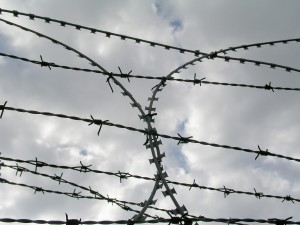
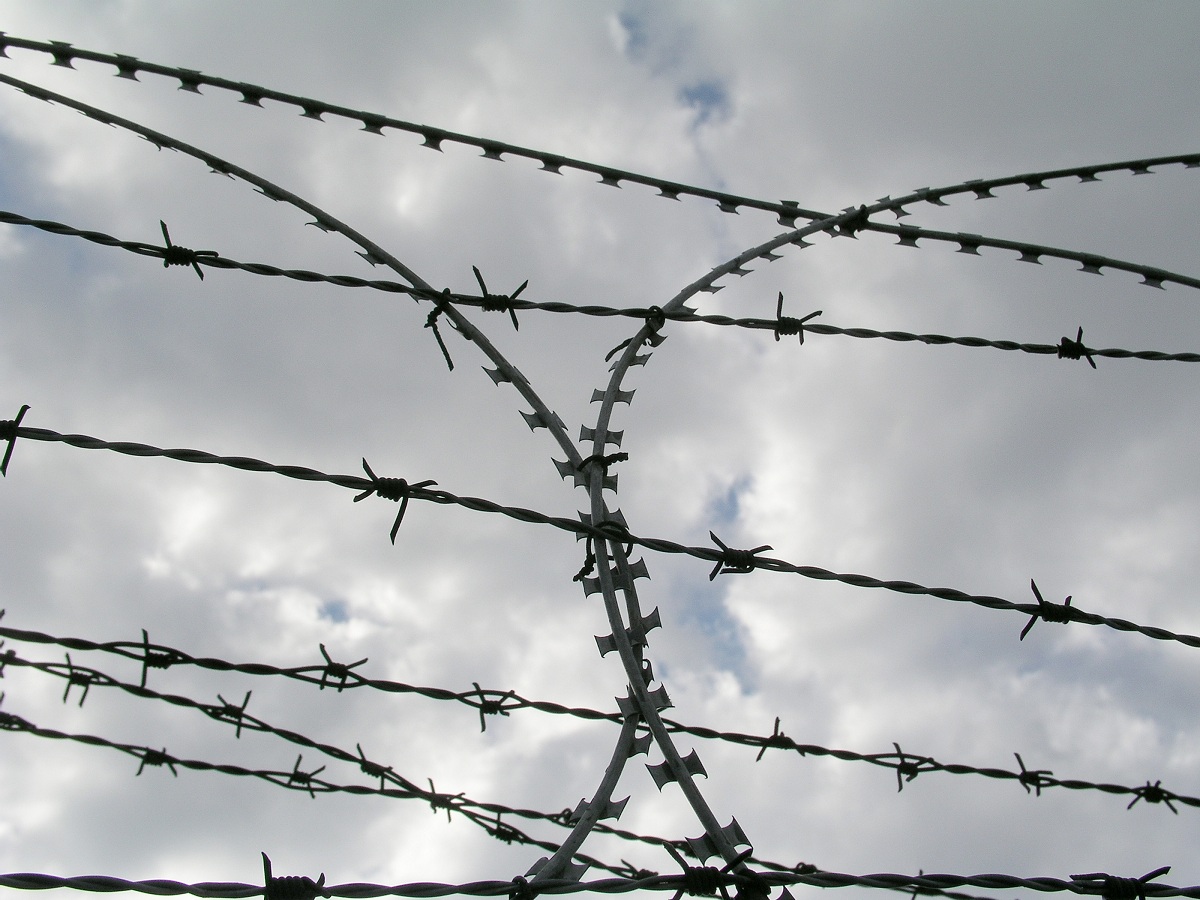
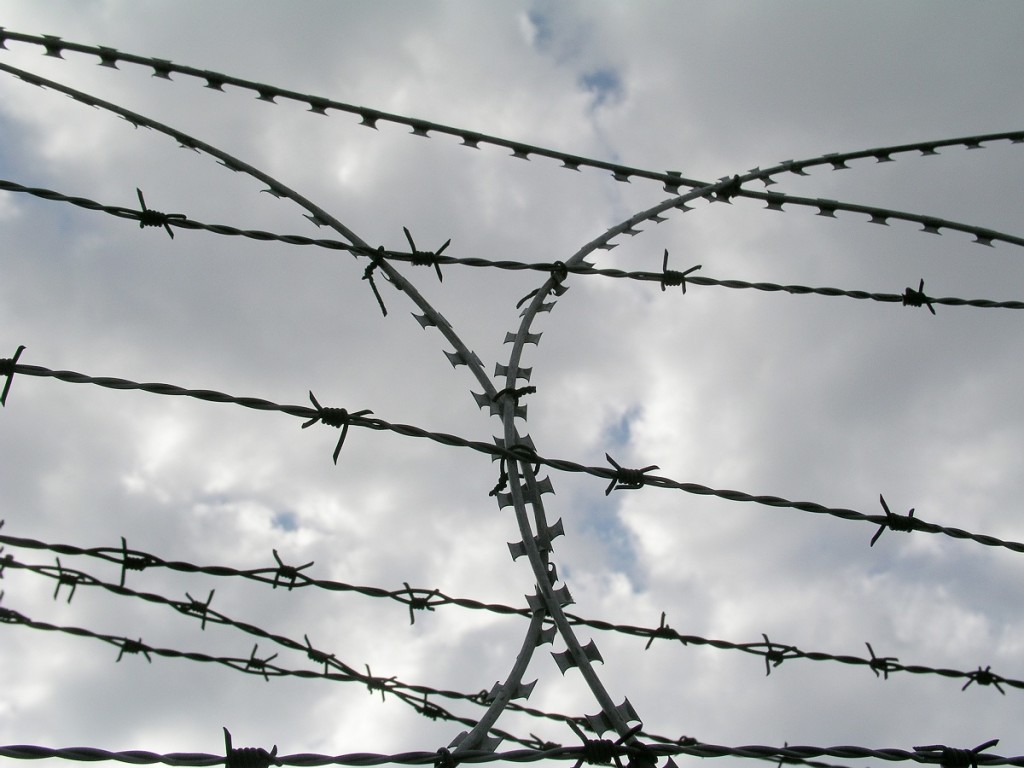
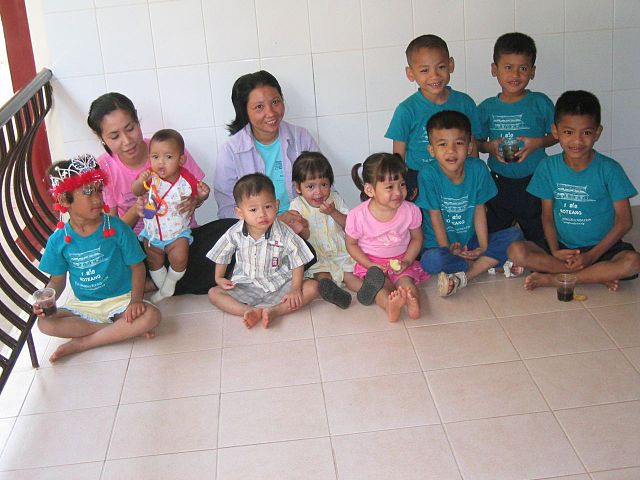 How to avoid ‘feel good’ charity
How to avoid ‘feel good’ charity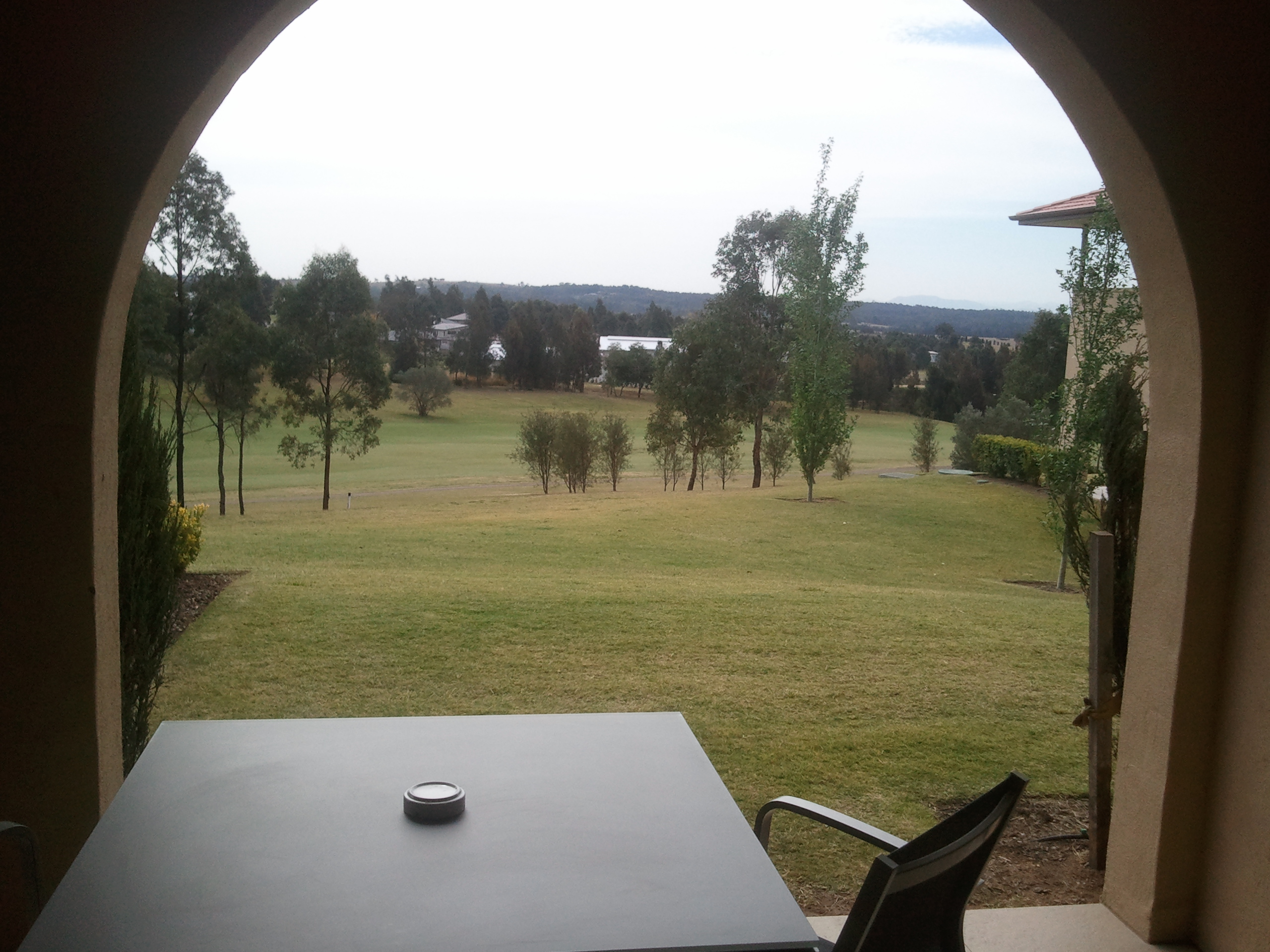
Share your thoughts below!